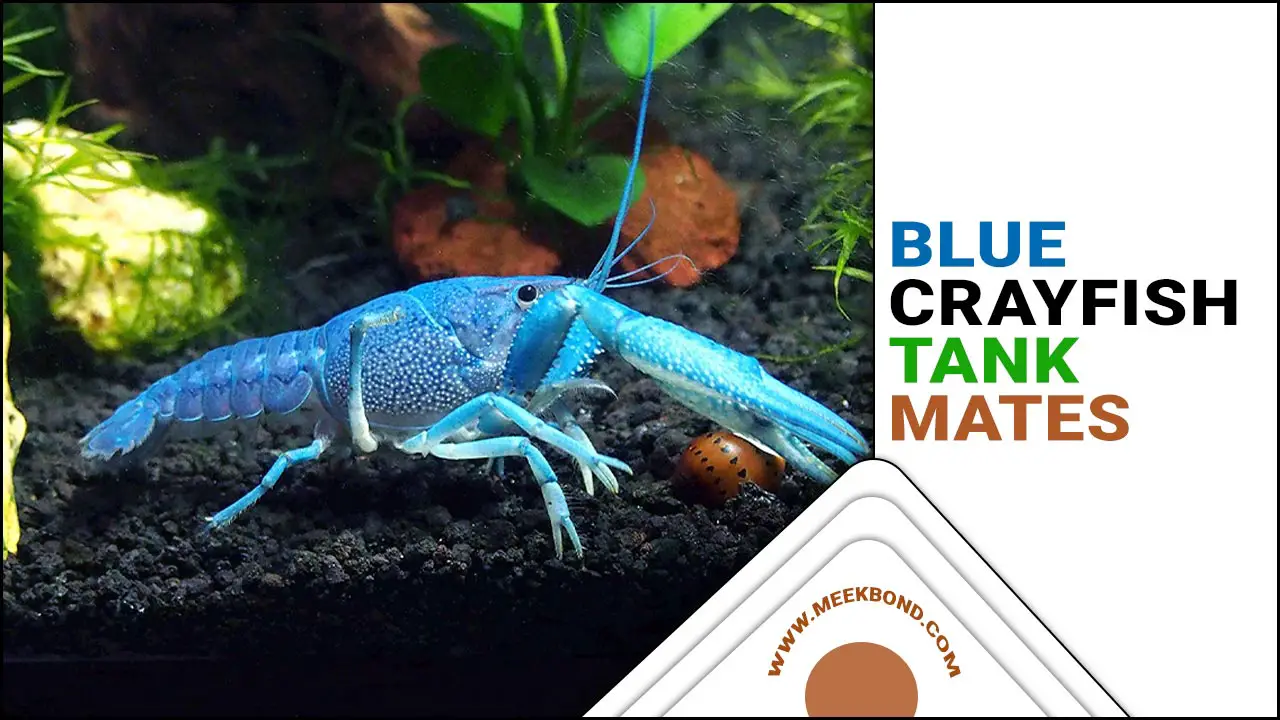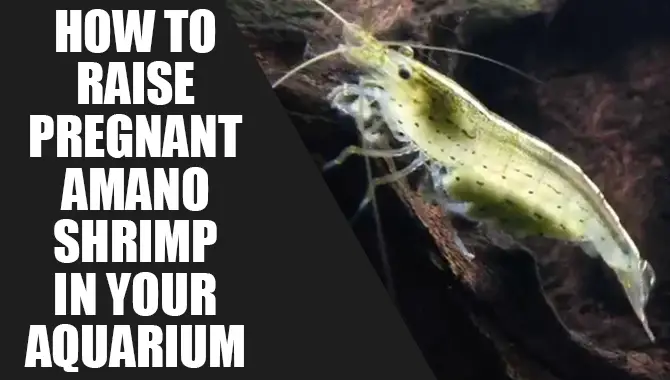Baby channel catfish, or fry, are small and adorable creatures with tremendous potential. These tiny fish are the offspring of adult channel catfish and are characterized by their whisker-like barbels and sleek bodies.
Baby catfish require special care and attention to ensure healthy growth and development. They are typically kept in controlled environments such as aquariums or fish tanks where their water temperature, pH levels, and feeding habits can be carefully monitored.
We will provide you with a step-by-step guide on how to identify male or female baby catfish. However, we will talk about the physical characteristics to look for in both male and female baby-channel catfish and the behavioral differences between them. So sit back, relax, and read on to become an expert in identifying the sex of baby-channel catfish.
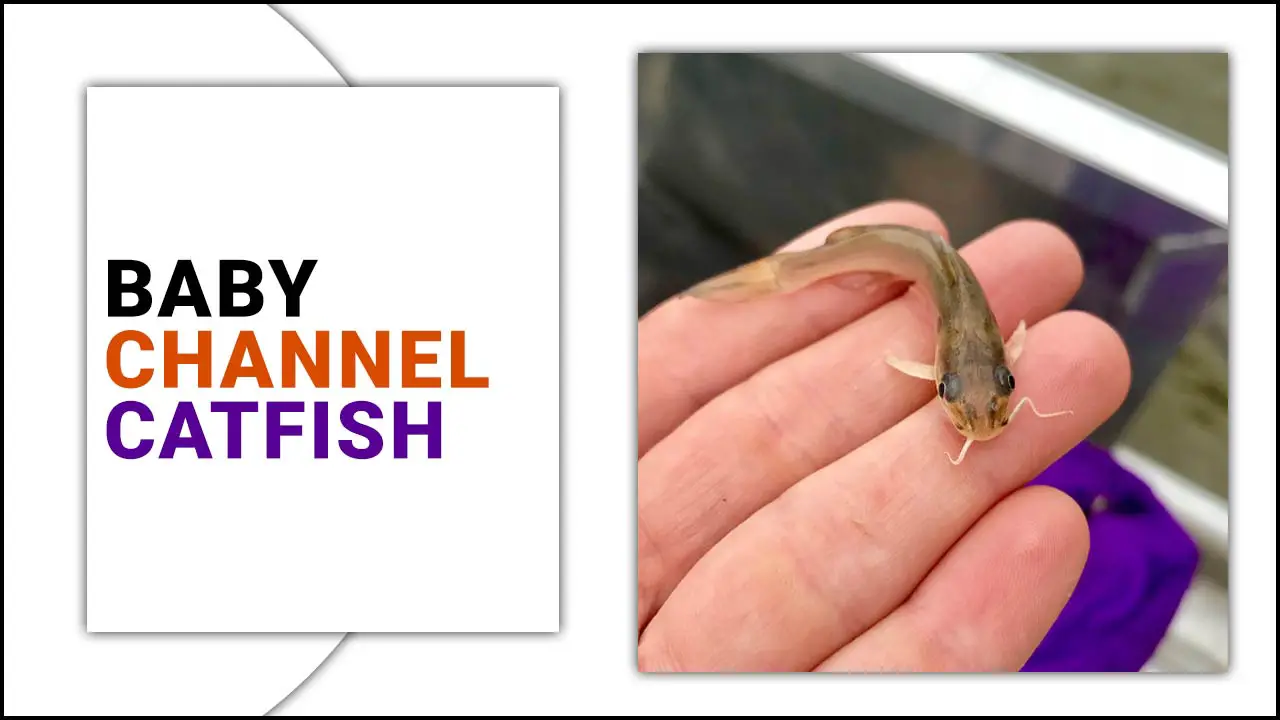
Tips To Identify Male Or Female Baby Channel Catfish
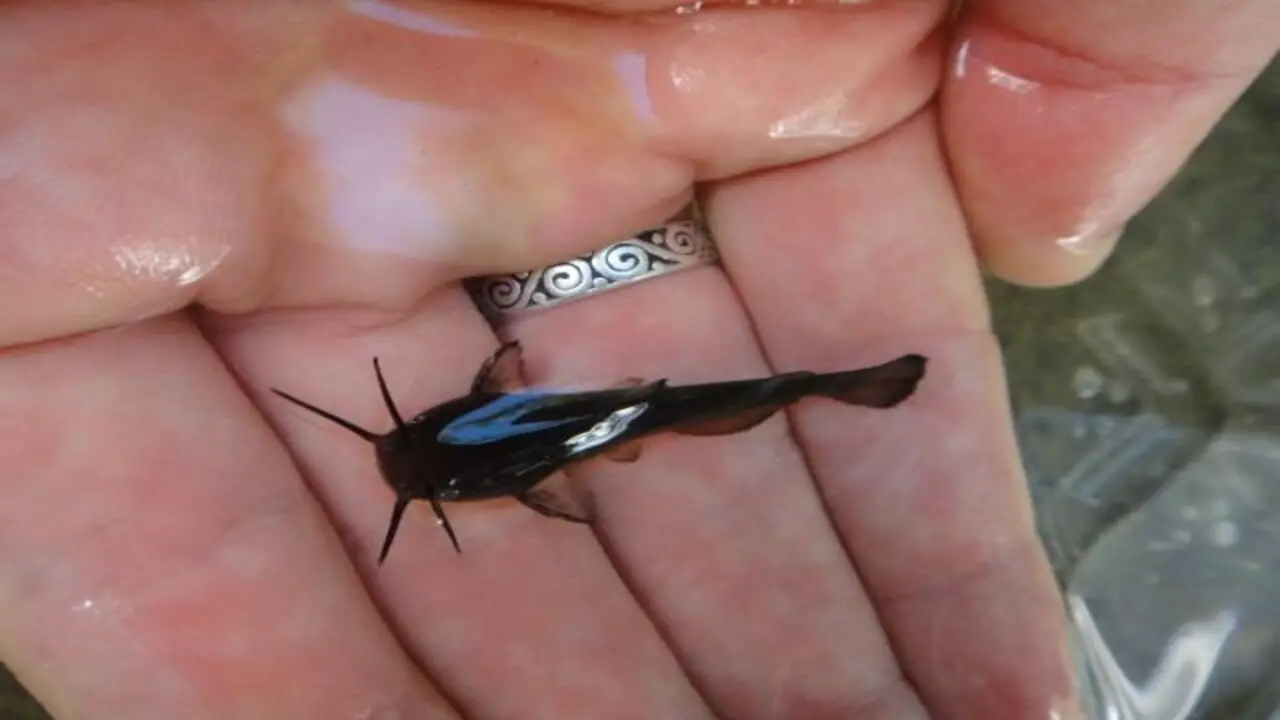
Accurately identifying the gender of baby-channel catfish is important for ensuring a healthy and balanced aquarium environment. There are several steps to follow to determine the gender of these fish. Firstly, observe and compare the size and body shape differences between males and females.
Additionally, check the location of the genital papilla, a small protrusion located near the anus area. It’s also helpful to observe their behavior, as males tend to be more active and aggressive than females.
If you’re still uncertain about their gender, seeking advice from a veterinarian or experienced fish breeder can provide further assistance. By properly identifying the gender of your baby channel catfish, you can ensure they receive appropriate care and maintain optimal health in your aquarium.
Understanding The Differences Between Male And Female Baby-Channel Catfish
Determining the gender of baby-channel catfish can be done by examining their physical traits. Generally, males have a larger, pointed anal fin than females, with a shorter and rounder one. During the breeding season, males may develop small white bumps called tubercles on their heads.
Gender can also be identified by analyzing the body shape and size of the catfish. It is essential to distinguish between male and female catfish for breeding and maintaining a healthy aquarium. Keeping a balanced number of males and females in the tank ensures successful reproduction. Knowing the gender can also help monitor the fish’s overall health and behaviour.
Physical Characteristics To Look For In Male Baby-Channel Catfish
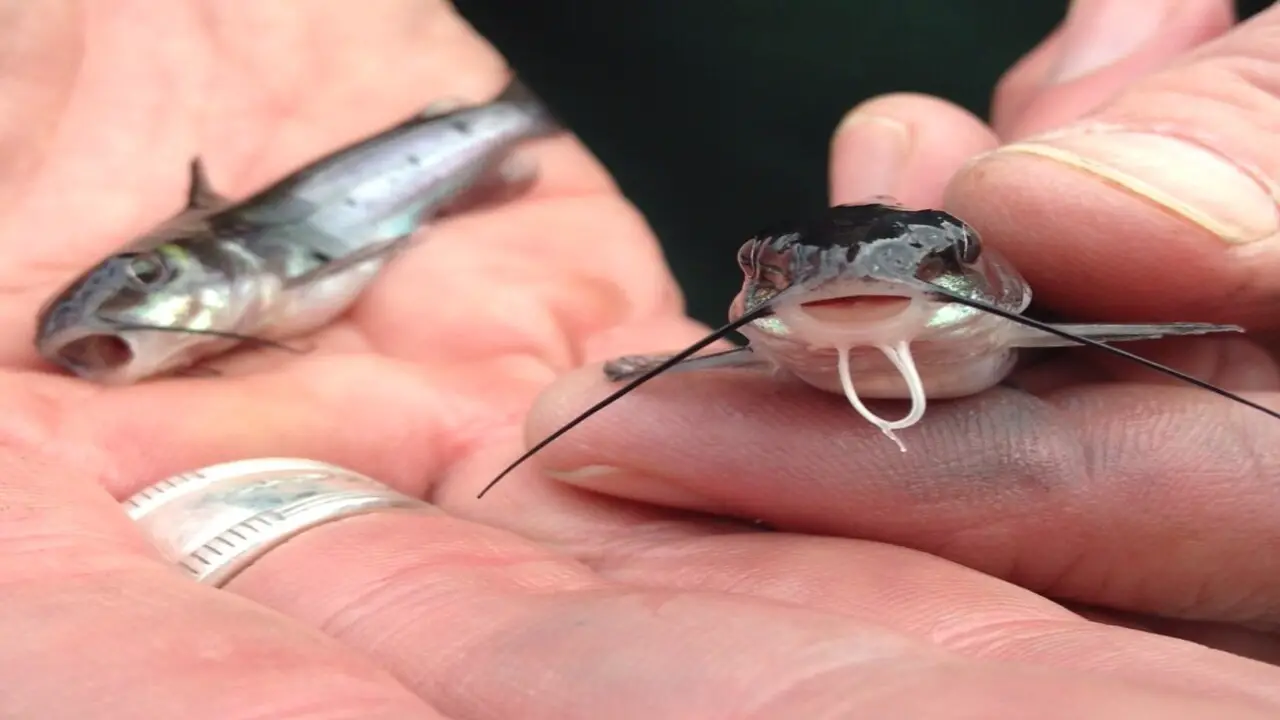
It is possible to identify male baby-channel catfish based on their physical characteristics. Males have a more prominent and larger anal fin than females. They also tend to have a slender body shape and a broader head. During mating season, males may develop small white bumps called breeding tubercles on their heads and fins.
It’s crucial to wait until the catfish are at least 1 year old before attempting to determine their gender accurately. Determining the sex of young catfish can be difficult, as they exhibit few external differences between the sexes until they mature. In some cases, it may be necessary to use methods like hormone testing or dissection to confirm the sex of a juvenile catfish.
Regarding breeding channel catfish, sex identification is vital for ensuring successful reproduction and maintaining genetic diversity in aquaculture operations. By using these physical characteristics as indicators of sex, farmers can selectively breed male and female fish with desirable traits, leading to healthier and more productive populations.
Physical Characteristics To Look For In Female Baby-Channel Catfish
Identifying female baby-channel catfish is a task that requires careful observation of several physical characteristics. Females can be distinguished from males by their rounder and wider belly, more pronounced anal fin, and shorter dorsal fin.
The distance between the anus and the genital papilla is also shorter in females. Furthermore, females often have a mottled or spotted appearance on their bodies. Even though these physical features are more apparent in adult catfish, they can still be used to identify young fish. Accurately determining the sex of catfish can be essential for breeding purposes and maintaining healthy populations.
Behavioral Differences Between Male And Female Baby-Channel Catfish
Regarding baby-channel catfish, male fish tend to be more active and aggressive than females. They are known to be adventurous and outgoing, whereas females are more likely to hide and be reserved. During the breeding season, males may develop a small bump on their head, while females can appear rounder in the belly area when carrying eggs.
By observing their behavior and physical characteristics over time, it becomes easier to determine the sex of baby-channel catfish. This information is crucial for breeders who want to ensure proper breeding practices and maintain a healthy catfish population. It is also fascinating to note that these differences in behavior could be due to biological factors such as hormonal differences or differences in brain structure.
Tips For Identifying The Sex Of Baby Channel- Catfish
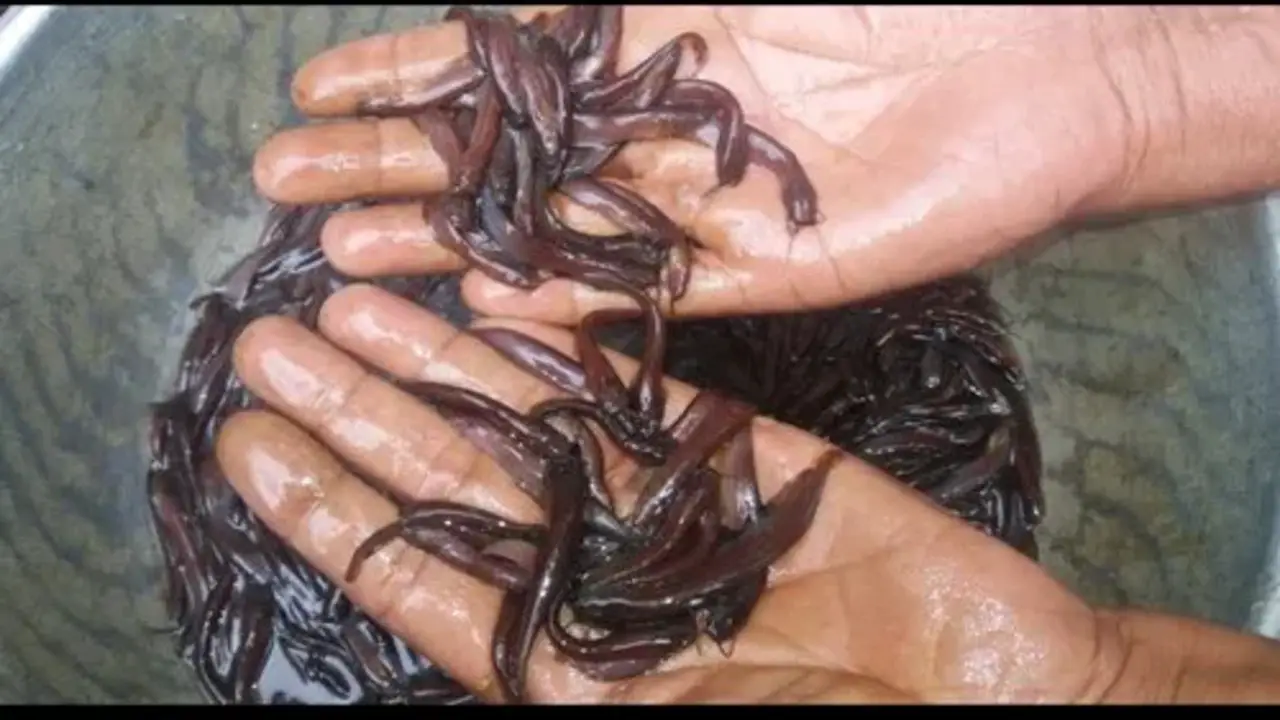
When determining the sex of baby channel- catfish, there are a few things to look out for. One of the most significant indicators is the size and shape of the genital papilla. Males have an elongated and pointed genital papilla, while females have a shorter, more rounded one.
During the breeding season, male catfish display more aggressive and territorial behavior than their female counterparts. Another factor to consider is the female catfish’s appearance when carrying eggs. They may have a more rounded body shape due to eggs in their abdomen.
If you’re still unsure about how to identify the sex of your baby catfish, it’s always best to consult with an expert or experienced breeder who can provide guidance and advice. By paying close attention to these characteristics, you can ensure that you properly care for your fish and create a healthy breeding environment.
Observing Fin Shape And Coloration
When identifying the gender of baby-channel catfish, observing their fin shape and coloration can provide valuable clues. Male channel catfish often have a more pointed anal fin and a thicker genital papilla than females.
Additionally, males may display brighter colouration on their fins and bodies during the spawning season. On the other hand, female channel catfish typically have a rounder anal fin and a smaller genital papilla. Remember to observe the fish over time to confirm their gender, as some characteristics may change with age. Accurate identification of the gender is essential for proper breeding and population control.
Examining Body Shape And Size
When trying to identify the gender of baby-channel catfish, examining their body shape and size can provide valuable clues. Male channel catfish tend to have a more slender and elongated body shape than females. On the other hand, female channel catfish are typically thicker and rounder in appearance.
Another factor to consider is head size – males usually have larger and broader heads, while females have smaller, more streamlined heads. It’s important to note that these differences may not be noticeable until the fish reach a certain size or age.
Analyzing Behavior During The Spawning Season
Sexual dimorphism is observable in channel catfish during their spawning season. Male juveniles tend to be more active and aggressive than comparatively passive females. Males may showcase territorial tendencies or engage in chasing behavior towards females.
Females, on the other hand, may have a distended belly, indicating that they carry eggs. To accurately identify the sex of a channel catfish, examining the genital papilla can also provide clues. It is always recommended to seek assistance from a veterinarian or an experienced fish breeder for precise identification of the sex of your catfish.
Consulting With A Fish Expert Or Veterinarian For Confirmation
Determining the gender of baby-channel catfish can sometimes be challenging, but consulting with a fish expert or veterinarian can provide the most reliable confirmation. While there are physical signs to look for, such as differences in fin shape and size, it’s always best to seek professional advice.
Male catfish typically have a more pointed dorsal fin and small genital papilla, while females have a rounder dorsal fin and larger genital papilla. Checking for these physical characteristics can help determine gender before consulting an expert. Identifying the gender of baby catfish is crucial for proper care and breeding purposes.
Conclusion
Identifying the sex of baby channel catfish can be a challenging task. Still, with careful observation and knowledge of their physical characteristics and behaviors, it is possible to determine their gender. Male baby-channel catfish typically have certain physical traits, such as a larger head and a more pointed anal fin.
In contrast, female baby-channel catfish tend to have a rounder body shape and a more rounded anal fin. Additionally, behavioral differences, especially during the spawning season, can provide clues about their gender.
However, if you are unsure or want confirmation, consulting with a fish expert or veterinarian can be helpful. Remember, accurate identification of the sex of baby-channel catfish is important for proper breeding and management of your fish population.
Frequently Asked Questions
How Fast Do Baby-Channel Catfish Grow?
The growth rate of baby-channel catfish can vary depending on factors like water temperature and feeding frequency. In optimal conditions, they can grow up to 1 inch per month. Monitoring their growth rate is important for ensuring their health and well-being. Proper nutrition and a clean environment are essential for their healthy development.
What Do Baby-Channel Catfish Eat?
Baby-channel catfish have a diet of small insects, crustaceans, and plankton. They can also be fed commercial fish food designed for fry. Feeding them small amounts frequently throughout the day is important. As they grow, their diet can include small pieces of fish or worms.
How Big Is A 1-Year-Old Channel Catfish?
On average, a 1-year-old channel catfish can be 6-12 inches long. Factors like environment and diet can affect their size. These catfish can grow up to 24-30 inches in length and weigh up to 15-20 pounds. Proper gender identification is important for breeding and population control purposes.
What Are The Benefits Of Raising Channel Catfish?
Raising channel catfish has several benefits. They are hardy and grow quickly, making them popular for aquaculture. Channel catfish also have good market demand, allowing for potential profit. Additionally, they can provide a source of food for personal consumption or sale. Furthermore, catfish farming can help reduce pressure on wild fish populations, leading to environmental benefits.
How Do I Raise Channel Catfish?
To raise channel catfish, provide them with a large pond or tank with clean water and proper filtration. Feed them various foods such as pellets, worms, and insects. Regularly maintain the water quality and monitor their growth to adjust feeding accordingly.

Aquarium passion is all about connecting with the aquatic life and providing education to the public on the importance of these creatures. We showcase a wide variety of marine life through our exhibits as well as working with schools to provide unique learning opportunities for students of all ages.

